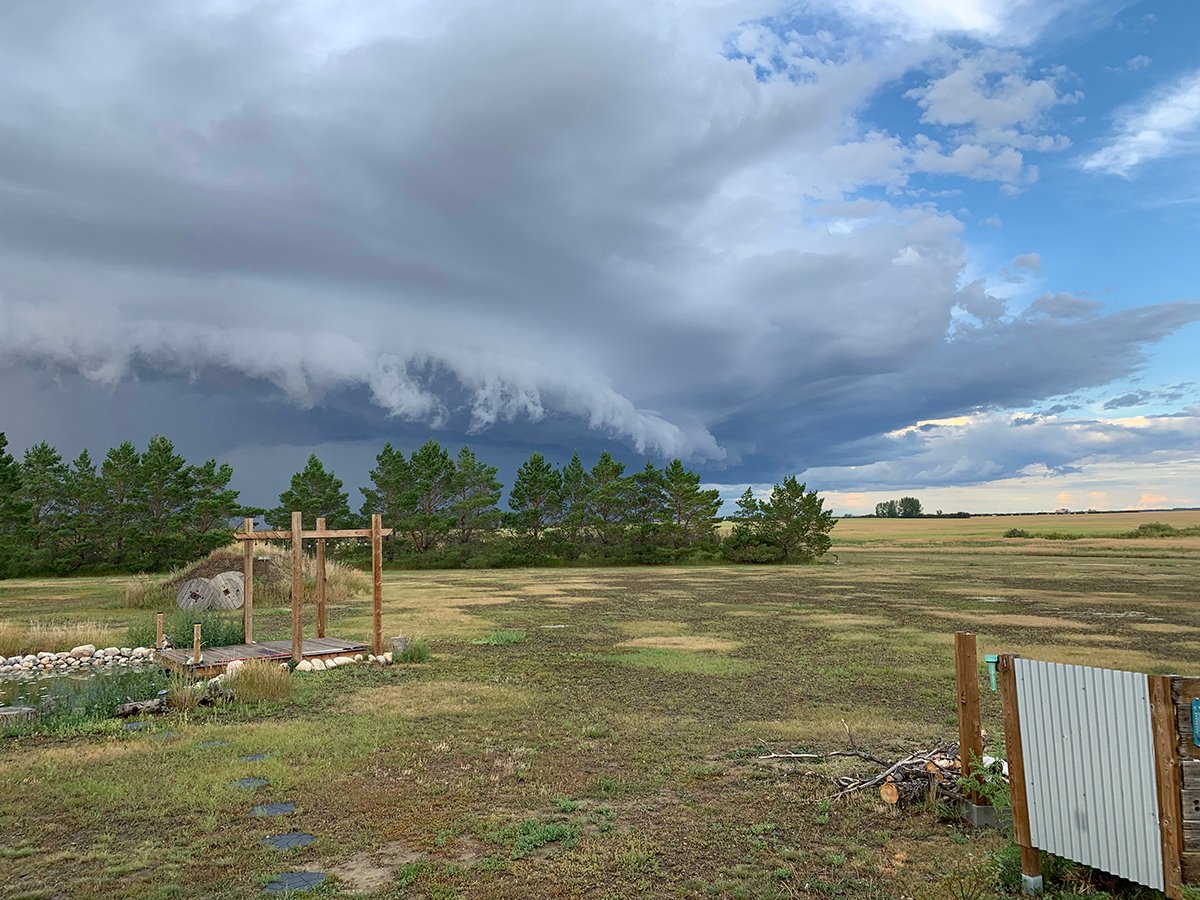The first shots have been fired in the coming battle over barley.
As growers prepare to vote in a federal plebiscite on barley marketing, a team of agricultural economists has released a study that concludes barley growers are better off selling through the Canadian Wheat Board’s single desk than in an open market with multiple sellers.
“The single desk seller marketing system of barley creates more sales revenue for Western Canada’s farmers than would be the case under a multiple seller marketing system due to the ability of the CWB to exercise market power,” the study concludes.
Read Also

Storm dynamics and extreme rainfall
Besides moisture, instability and orographic lift, the next biggest factor that contributes to heavy or extreme rainfall is storm dynamics.
It says from 1995 to 2004, the single desk system generated an average annual revenue premium of $59 million to barley growers, compared with an open market.
The authors had access to CWB sales contracts, including every sale of feed and malting barley made during those years, and incorporated those numbers into their economic model.
The authors said the key difference between the two systems is the ability for a single desk agency to sell at different prices to different export markets. By contrast, with multiple sellers there is one price for feed barley and one price for malting barley.
They also found barley prices have been consistently higher in Canada than in the United States since at least 2000.
The study by Richard Gray of the University of Saskatchewan, Andrew Schmitz of the University of Florida and Troy Schmitz of Arizona State University was commissioned by the CWB in August 2004 and completed in November of that year.
CWB spokesperson Heather Frayne said the analysis was designed to provide information to the board so it could assess internally how good a job it was doing marketing barley.
It was released shortly before Christmas by the authors. Gray said in a statement they decided to make the study public in light of the upcoming plebiscite on barley marketing.
“We thought it was important to provide these research results to producers,” he said.
The full study is available on-line at www.kis.usask.ca.
The federal government will hold a plebiscite on the future of barley marketing sometime this winter.
Details have not yet been released as to when the vote will be held, what question will be asked and who will be eligible to vote.
Frayne said the board played no role in the decision to release the study, adding producers should read it and come to their own conclusions.
The pro-open market Western Barley Growers Association took issue with some of the study’s findings.
President Jeff Neilsen accused the study’s authors of writing what the wheat board wanted to hear.
“The CWB is paying for studies to support their opinion and when you pay for someone to support your opinion, they’ll find facts and figures, and even make things up unfortunately, to support it,” he said.
Neilsen acknowledged that similar charges could be levelled at studies commissioned by open market supporters, such as a study released by the Alberta government that came to the opposite conclusion.
He said farmers are in the best position to judge whether they’re making a profitable return under the current marketing system.
Neilsen also said the debate over the single desk goes beyond a reasonable discussion about business alternatives and has become emotional. He questioned whether studies supporting either side will have much influence on how farmers vote.
Besides a comparison of revenues under the single desk versus the open market, the study looks at other issues, including whether there are benefits from price pooling, issues of arbitrage between pooled returns and the off-board cash prices, and marketing costs for each system.
On marketing costs, the study concludes that most, if not all, costs identified would exist no matter what kind of marketing system is in place.
Some of the study’s other findings:
- For six-row malting barley, the average annual benefit from the single desk was $32.35 a tonne. In only one of the nine years studied was the multiple seller price higher.
- For two-row malting barley, the average benefit was $40.29 a tonne. The single desk price was higher every year.
- Feed barley prices from 1999 to 2003 were on average $20 per tonne higher in Lethbridge than in Great Falls, Montana.










